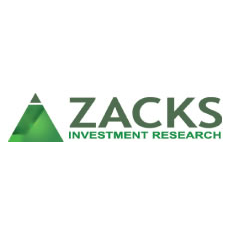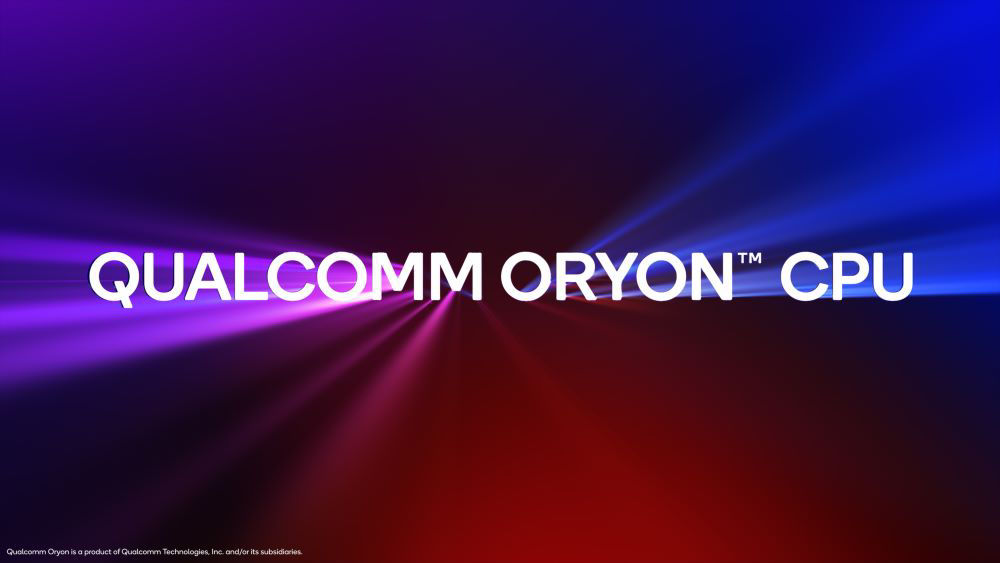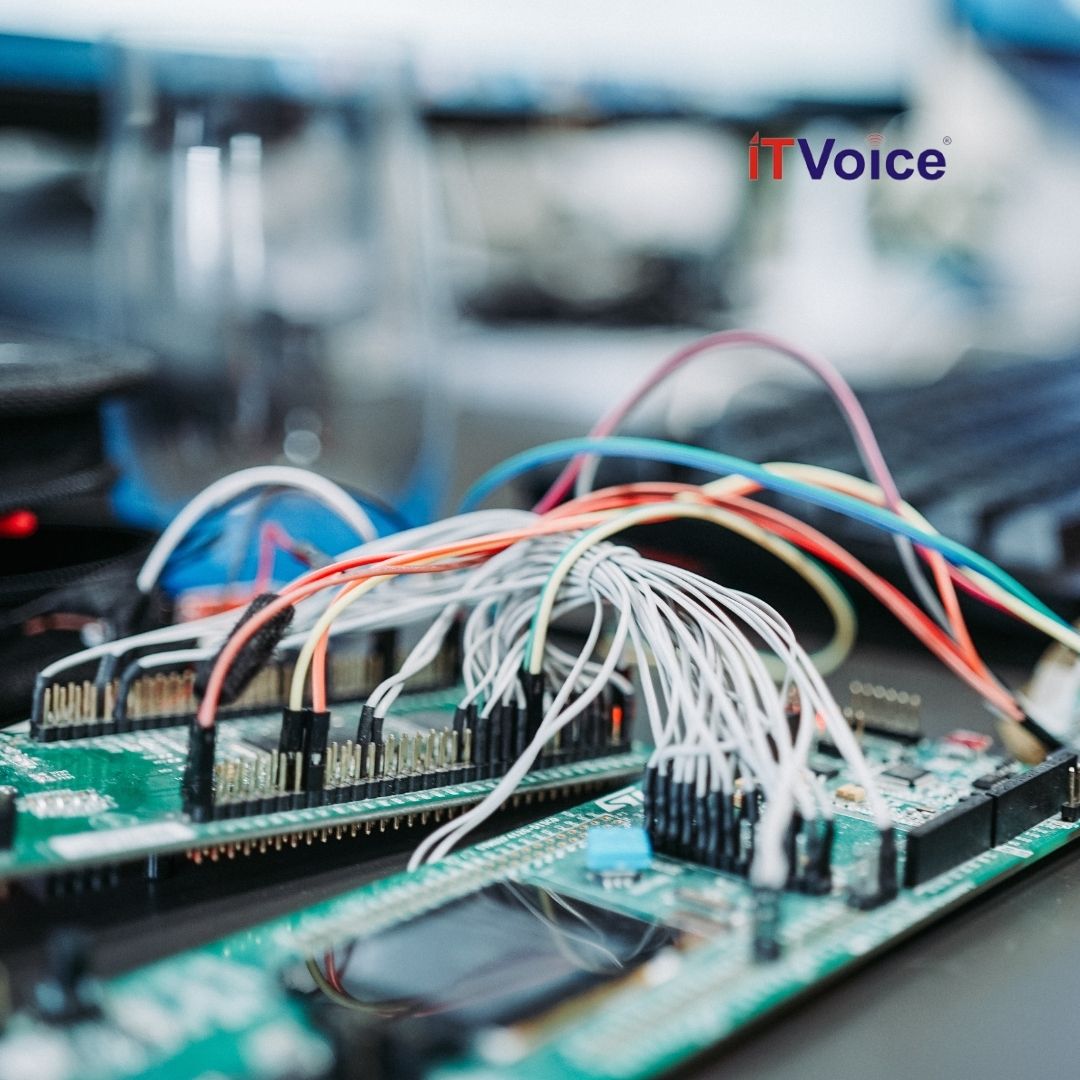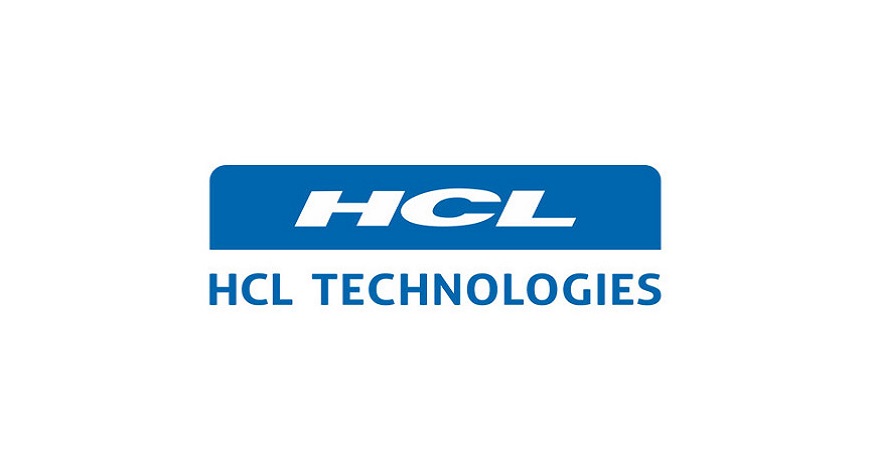![]() Zacks Equity Research discusses the U.S. Semiconductors, including ARM Holdings (Nasdaq: ARMH-Free Report), SunEdison (NYSE: SUNE-Free Report), Intel (Nasdaq: INTC-Free Report), Texas Instruments (Nasdaq: TXN-Free Report) and Qualcomm (Nasdaq: QCOM-Free Report).
Zacks Equity Research discusses the U.S. Semiconductors, including ARM Holdings (Nasdaq: ARMH-Free Report), SunEdison (NYSE: SUNE-Free Report), Intel (Nasdaq: INTC-Free Report), Texas Instruments (Nasdaq: TXN-Free Report) and Qualcomm (Nasdaq: QCOM-Free Report).
Industry: Semiconductors
Link: http://www.zacks.com/commentary/29173/Semiconductor-Stock-Outlook—SepOct-2013
Traditionally, the consumer and computing markets have been the most significant drivers of semiconductor demand. These two markets together remain the most important, but because of the gradual convergence of functionalities, it is growing increasingly difficult to identify which devices are computing and which consumer. Semiconductors are spurring this change, facilitating the convergence.
The PC market will decline this year and will remain in the doldrums for a couple more years. This softness will however be more than made up by growth in mobile devices, particularly tablets and smartphones. A lot of the growth in the next few years will come from price-sensitive emerging markets, which is an added negative.
Innovation in the mobile segment depends on the ability of semiconductors to provide greater functionality and better experience at higher speeds and consuming less power.
ARM Holdings (Nasdaq: ARMH-Free Report) is a significant beneficiary of the trend favoring mobile computing, since its simpler processor architecture consumes less power. As a result, companies like Qualcomm, Texas Instruments and others have based their products on ARM cores. Intel appears to have fallen behind in the race, but its recently-announced Bay Trail processor based on the Silvermont microarchitecture could make up for lost time.
At the same time, dumber terminals mean increasing demand for cloud services, which is pushing demand for servers and data centers and thereby helping Intel, which is the dominant player in the segment. While ARM is likely to enter this turf just like Intel is entering mobile, Intel’s position is far stronger here.
Other than tablets, the consumer electronics market also includes gadgets like LCD TVs, Blu-ray players and smartphones.
The Consumer Electronics Association (“CEA”) expects global consumer electronics sales to be up 2.7% this year, following better-than-expected performance in 2012. Tablet units (up 45% from 2012), smartphone units (up 17%), notebooks (up 53%) are expected to be the strongest drivers. Other areas of strength include 3D-enabled displays (39%), networked-enabled TVs (34%) digital imaging 22% and set top boxes 13%.
The wireless infrastructure segment of the communications market has been stronger than the wireline segment in the last few years. This segment is expected to remain strong, with Ericsson, Huawei, Alcatel-Lucent and Nokia Siemens remaining in control. Increasing data volumes across the world and infrastructure build-outs to support these volumes and deal with connectivity issues (network congestion, power reliability, privacy and security) will continue to drive semiconductor sales.
In addition, enterprise and data center networks are undergoing a huge change because of greater demand for data storage, security and privacy (cloud computing, Internet of Things). This should generate significant demand for semiconductors over the next few years.
New concepts like software defined networking (SDN) are based on more intelligent network control and are therefore new markets for semiconductors. Spending on smart grids and intelligent metering applications is expected to see particularly strong growth (19% CAGR through 2016 according to IC Insights).
The automotive end market has been growing in importance, as the consumption of electronic components for safety, infotainment, navigation and fuel efficiency continues to increase. As a result, semiconductors serving this market should grow stronger than the industry over the next few years.
Industrial consumption of semiconductors is linked to GDP growth, which is expected to improve slightly in the U.S. and China while remaining flattish in Europe. Medical Devices (normally included in this segment), lighting solutions and residential construction markets are likely to be stronger. As a result, semiconductor devices that have enabled increased automation and efficiencies are likely to see modest demand.
The aerospace and defense markets are considerably dependent on government spending and policy making. The commercial aerospace market (which lags an economic downturn or recovery) has started looking up. Production increases should be slightly positive for the semiconductor industry this year.
Defense spending remains uncertain, although electronic weaponry, intelligence systems and basic weaponry remain important. So semiconductor manufacturers serving these markets continue to see mixed results, depending on the customers served.
Component Details
Demand may be expected to pick up this year, as most OEMs and their channel partners have been reducing inventories and cutting utilization. PC and microprocessor inventory reduction has been significant, but should pick up this year driven by new product launches. Handset inventory declines were significant exiting 2012, driven by strong demand. Analog, discrete and storage inventories were also pretty lean, according to research firm iSuppli.
DRAM supply is likely to be short of demand this year because of its application in mobile devices like tablets and smartphones. NAND demand is also accelerating, with most manufacturers already ramping production (IC Insights). Standard logic will however remain weak this year, but increase thereafter (iSuppli).
The reason for the weakness is continued steep declines in the PC market, which uses the most standard logic. Demand will pick up slightly thereafter due to stronger automotive and industrial sales, which while being much smaller than the PC market, have seen increasing consumption of standard logic components.
Another noticeable trend is the increased outsourcing of manufacturing to foundries, which along with significant acquisitions, is giving rise to more concentrated supply from a few companies. The stronger demand and more concentrated supply should result in firmer prices this year. IC Insights expects the stronger pricing to drive a 50% growth in tablet processor revenues, 28% growth in cell phone processor revenues, 13% in wired special purpose logic, 12% in NAND and 11% in application-specific analog devices.
Demand at the wafer level is also expected to be strong, with Sun Edison (NYSE: SUNE-Free Report) projecting a revenue increase of 6.8% in 2013. WFR is the primary wafer supplier to foundries and other semiconductor manufacturers.
Forecast for 2013
According to World Semiconductor Trade Statistics (WSTS) data, there should be positive worldwide semiconductor sales growth of 4.5% in 2013, following the 3.2% decline in 2012. Gartner and IC Insights are close to this, with projections at 4.5% and 6.0%, respectively. iSuppli and IDC more optimistic, predicting sales growth of 8.2% and 6.9%, respectively.
Major Players
The major players in the industry may be categorized into chipmakers (OEMs-whether fabless or otherwise), equipment and material suppliers and foundries.
Chip-makers
According to estimates from IHS iSuppli,Intel (Nasdaq: INTC-Free Report) and Samsung remained the top two semiconductor suppliers in 2012. Texas Instruments (Nasdaq: TXN-Free Report) slipped to number four, as Qualcomm (Nasdaq: QCOM-Free Report) jumped from the sixth position in 2011 to the third in 2012.









